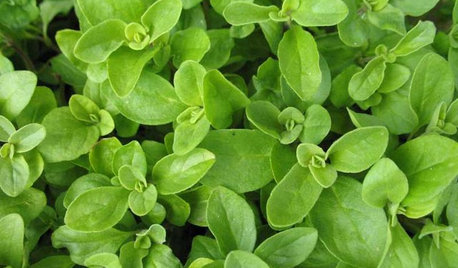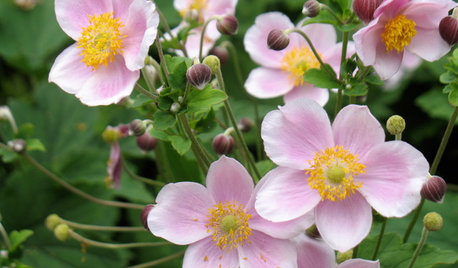Lavender and Mexican firebush issues
cherryjet
11 years ago
Related Stories

SPRING GARDENINGTop 10 Scented Plants for Your Garden
A palette of perfumed plants can transform even the smallest of gardens into a sensory delight
Full Story
EDIBLE GARDENSHerb Garden Essentials: Grow Your Own Oregano and Marjoram
Say 'buon giorno' to classic Italian herbs you can grow just as easily in pots as in the summer garden
Full Story
GARDENING GUIDESNortheast Gardener's August Checklist
It's hot in the August garden! Cool off with airy grasses and tactile plants that catch the breeze
Full Story
SAVING WATERHouzz Call: Are You Letting Go of Your Lawn?
Many facing a drought are swapping turf for less thirsty plantings. If you’re one of them, we’d like to hear about it
Full Story
GARDENING GUIDESHouzz Call: What’s Your Favorite Backyard Beauty?
The simple, honest daisy is this writer’s go-to garden flower. We want to hear which plant, flowering or otherwise, gives you special joy
Full Story
GARDENING GUIDESBackyard Birds: Invite Entertaining Hummingbirds Into Your Garden
Hummingbirds — unique to the Americas — zip through open landscapes seasonally or year-round. Here’s how to attract them
Full Story
GARDENING GUIDESGarden-Friendly Native Alternatives to Overplanted Exotics
There are lots of gorgeous, wildlife-friendly native plants ready to make an appearance in your garden
Full Story
GARDENING GUIDESGreat Garden Combo: 3 Wonderful Plants for a Deer-Resistant Screen
Protect your privacy and keep deer at bay with a planting trio that turns a problem garden area into a highlight
Full Story
BEDROOMSHouzz Quiz: What Color Should You Paint Your Bedroom Walls?
Cool and soothing, or warm and spicy? Answer these questions and learn what hue is right for you
Full Story
GREAT HOME PROJECTSHow to Replace Your Lawn With a Garden
New project for a new year: Lose the turfgrass for energy savings, wildlife friendliness and lower maintenance
Full Story






tx_ag_95
cherryjetOriginal Author
Related Professionals
Barrington Hills Landscape Architects & Landscape Designers · Broadlands Landscape Contractors · Lebanon Landscape Contractors · Ocoee Landscape Contractors · Petaluma Landscape Contractors · South Portland Landscape Contractors · The Villages Landscape Contractors · Wickliffe Landscape Contractors · Wilsonville Landscape Contractors · Bensenville Landscape Contractors · 63040 Window Contractors · Mill Valley Window Contractors · Naples Window Contractors · Tamiami Window Contractors · Fairland Window Contractorsbjb817
roselee z8b S.W. Texas
cherryjetOriginal Author
roselee z8b S.W. Texas
cherryjetOriginal Author
wantonamara Z8 CenTex